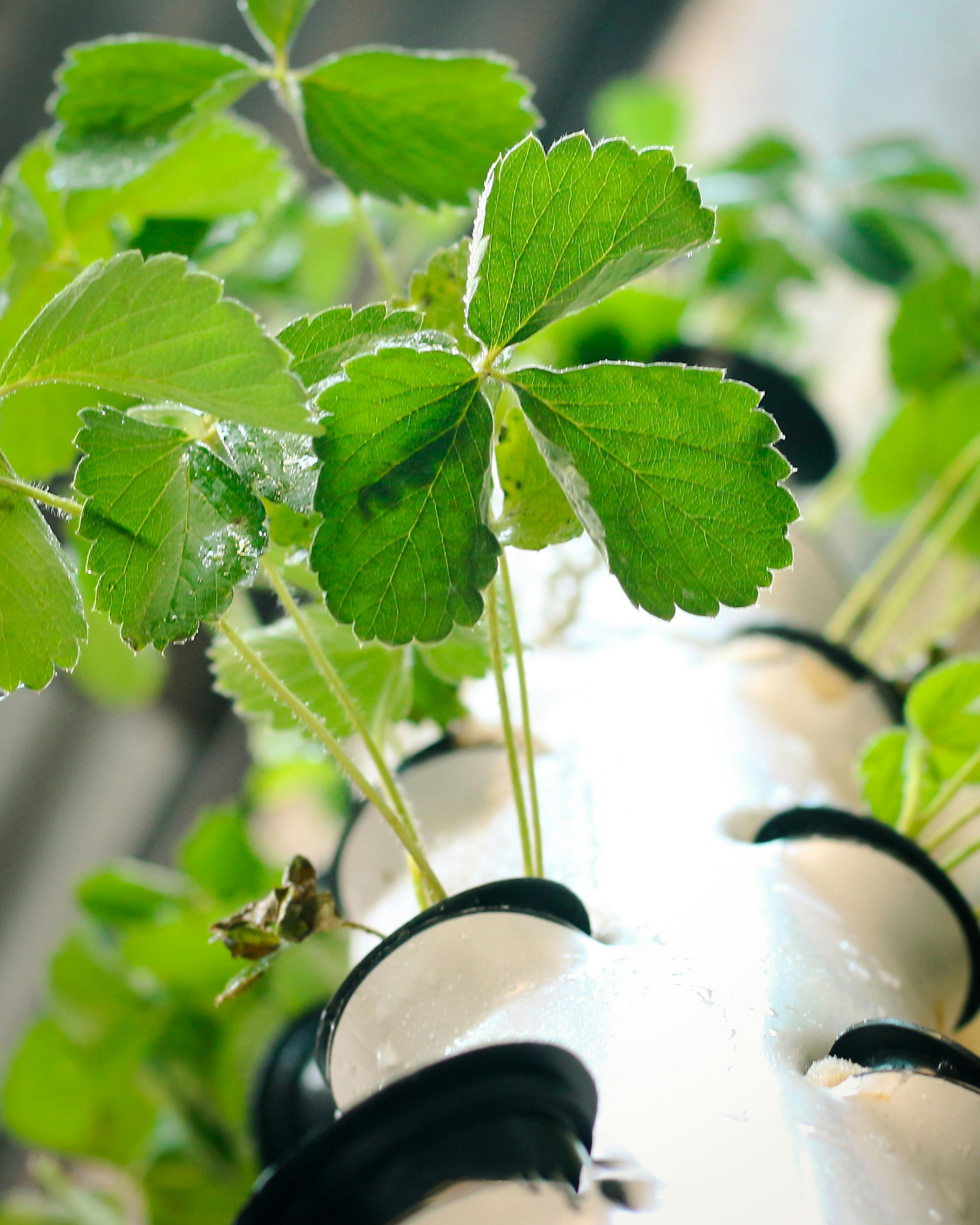Did you know that many schools are incorporating innovative gardening methods such as hydroponics into their classrooms? Hydroponics, a method of growing plants without soil and instead in a nutrient-rich water solution, provides an ideal hands-on learning experience for young students. This not only gives them a practical understanding of plant growth and nutrition requirements but also insights into the technology of sustainable farming practices.
Let’s dive in and explore how you can incorporate hydroponics into your elementary school curriculum. A fantastic example could be a home-based hydroponics project initially conceived for homeschooling kids. According to an article, this project is designed to educate children on the growth cycle of a plant and where food comes from.
To set up your own classroom hydroponics project you’ll just need a 2-liter bottle, growing media like coconut coir, water, wicks or a wicking material, aluminum foil, plant nutrients, a permanent marker or sharpie, scissors, seeds and duct tape. After preparing the 2-liter bottle and treating tap water, a wick and the growing media are added. Then, the seeds are planted and the 2-liter bottle is encased in an opaque material such as aluminum foil. From germination to harvesting, you and your students will witness and participate in the entire lifecycle of a plant, offering invaluable hands-on learning experiences.
Bringing hydroponics into the classroom is not just a fascinating science experiment for students but offers a multitude of educational benefits. Blogs like Realityworks detail several advantages of incorporating hydroponics into education. The immediate student interest that hydroponic systems tend to generate is the first notable benefit. The versatility of hydroponics extends to all educational ages, with learning opportunities encompassing plant growth stages, nutrient requirements, and even economics and budgeting associated with hydroponic gardening. The cross-departmental collaboration that hydroponic systems promotes, and its role as a practical tool for teaching about food production, sustainability, and career opportunities in agriculture field add to its attraction. Lastly, the STEM concepts that can be taught through hands-on activities make hydroponics a perfect fit for schools looking to enhance their educational offerings.
There are several classroom-friendly hydroponic systems available, and one that’s often recommended is the ZipGrow Education Rack. This is a beneficial tool not only for growing plants but also for offering a wide range of learning opportunities across subjects such as math, engineering, economics, health, and wellness. The hydroponic system gives students an understanding of sustainable farming practices and the origins of their food. What’s more, if schools choose to adopt this system, they gain access to a resource center that helps to develop course content and training classes are available.
Perhaps you’re wondering, are there established curricula that include hydroponics elements? The answer to that is a resounding yes. Green Our Planet, a renowned organization, has incorporated hydroponics into its integrated STEM curriculum. Their programs are carried out in outdoor gardens and hydroponics labs, exposing students to elements of the natural world. The curriculum also uses virtual academy video lessons and a digital library of resources, guides, and printables. Teachers and parents have reported improved school culture and an increase in test scores with the use of this curriculum, emphasizing the positive impact that incorporation of hydroponics can have.
Teaching kids about hydroponics is more than just an exploration of biology. It allows students to experience firsthand the fascinating process of plant growth and to recognise their role in a sustainable future. Integrating hydroponics in the classroom can inspire a deeper understanding of environmental conservation, while also offering cross-departmental cooperation and sparking interest across a wide student base.
In conclusion, the time has come for more classrooms to explore the world of hydroponics. The hands-on learning opportunity not only measures up to educational standards but offers a fun and engaging platform for broad-based learning. So, why not consider how you might integrate hydroponics into your classroom? Your students, school, and wider community could reap substantial rewards from such an innovative decision.

